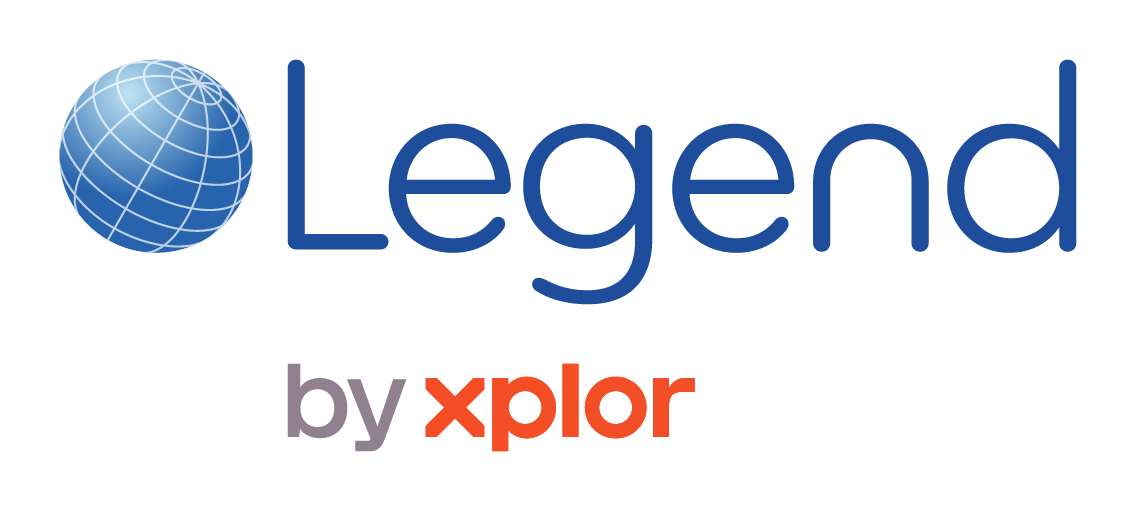The Power Of Demographics Data In Your Sales And Marketing Strategy
Data drives everything. The right insight is invaluable when it comes to identifying trends, understanding operations and pinpointing opportunities in your leisure centre.
The more you understand your members, and how they use your leisure centres, the smarter the decisions you’ll make.
Demographics data gives you an unrivalled insight into how different types of members use your leisure centre facilities, and you can use that to your advantage to attract more customers from every age group.
For example, you could:
1. Target Under-Represented Age Groups
There’s likely to be a huge range in the age of members who use your gym. You want your offer to be as inclusive as possible, but there will always be some age groups who are more attracted to your facilities than others.
If you can identify which demographic groups use your gym most frequently – and which don’t – you can create marketing and sales strategies aimed at those who are under-represented.
Use your data to see why certain groups are under-represented. Is it that your sales and marketing hasn’t been aimed at them? Or is your leisure offer missing something? Are there facilities you don’t promote enough?
Armed with this insight, you can then create more relevant, more effective marketing communications to drive more sales in specific demographics.
2. Assess Marketing Efforts In Specific Areas
Age is one great demographic to focus on. Location is just as important.
When you have a clear picture of where your new members are joining from, you can identify trends, successes and failures. To do this, you’ll need to make sure your new sign-ups share their address details and keep a database of all postcodes for reference.
Then, when you can identify which area of your catchment area your members are most likely to join from, you can start to understand why. For example:
If you ran a geo-targeted Google Ad campaign in one location and saw an increase in new members from areas around there, you’ll know it was an effective online marketing strategy. Then you can replicate that strategy in other locations.
If you did a leaflet drop in one postcode, and saw very few signups, you’ll know to avoid that marketing channel in the future – especially if you tried the same tactic in two different areas and saw the same results.
And if you see several sign ups over a long period of time from one particular area, you might be able to back track marketing efforts and identify a strategy that is shown to work, but has a much longer buying cycle.
3. Update Timetables Based On Usage Statistics
Demographics data isn’t just helpful with marketing campaigns. It’s also particularly useful when it comes to revising your class and activities timetable.
When you can cross reference members’ age and gender with data from bookings and attendance, and you’ll get a clear picture of the classes preferred by different demographics.
If older age groups prefer dance-based workouts for example, and most of your older members visit on a weekday morning, you’ll know that to get the most effective engagement for a new Zumba-style class, you should put in on the timetable at 10am on a Tuesday.
And then you’ll also know that when you’re running any marketing activity promoting off-peak or weekday-only membership to older age groups, dance classes should feature prominently.
4. Create Different Membership Options Based On Visit Data
You might also want to use that visit data beyond timetable revision, to deliver more value to your existing members and attract new ones.
If you know how different demographics use your leisure centre at different times, you could create more enticing membership offers.
Knowing when different age groups are most likely to visit, you can build a membership around those access times and days. For example:
Members between 15 and 18 are most likely to visit after 4pm on a weekday, so you could create a ‘young adult off-peak membership’, allowing entry on weekday evenings only
A highly targeted membership plan allows you to get highly personal with your marketing efforts, and it’s far more likely to encourage your prospects to sign up.
5. Understand What Different Types Of Members’ Prioritise And Adjust Your Fitness Offer Accordingly
When you can access a wealth of demographic and usage data in your leisure centre, you can identify exactly what your members prioritise. Segment preferences via age, gender or any other demographic you like, and you’ll know exactly how your facilities are used.
More importantly, you’ll almost be able to predict the future, using that data to build a stronger fitness offer for your members (and your prospects).
You’ll know what different age groups want and expect from your leisure centre, so you’ll be able to adapt your fitness offer accordingly.
You’ll have the insight to make immediate, effective changes to appeal to the types of demographics you most want to attract, like those most valuable to your centre or those from under-represented backgrounds.
For example, if you want to attract younger members, you’ll know that your marketing campaigns should focus on your smart technology, or your online membership management tools.
If you want to attract an older demographic, your messaging might focus more on hygiene and cleaning – highlighting new procedures you’ve implemented.
6. Just Make Sure You Have Accurate, Reliable Data
Understanding and using demographic data to improve your marketing efforts and drive more sales all comes down to one thing – having good data.
Your data should be accurate and easy-to-access. It should collate all the information from all your centres (if you have multiple locations) and deliver the insights with a single customer view. That’s where Legend’s leisure management software can help.
When you can rely on your demographics data, you can use it to support your sales and marketing activity to reach more people in your community.



